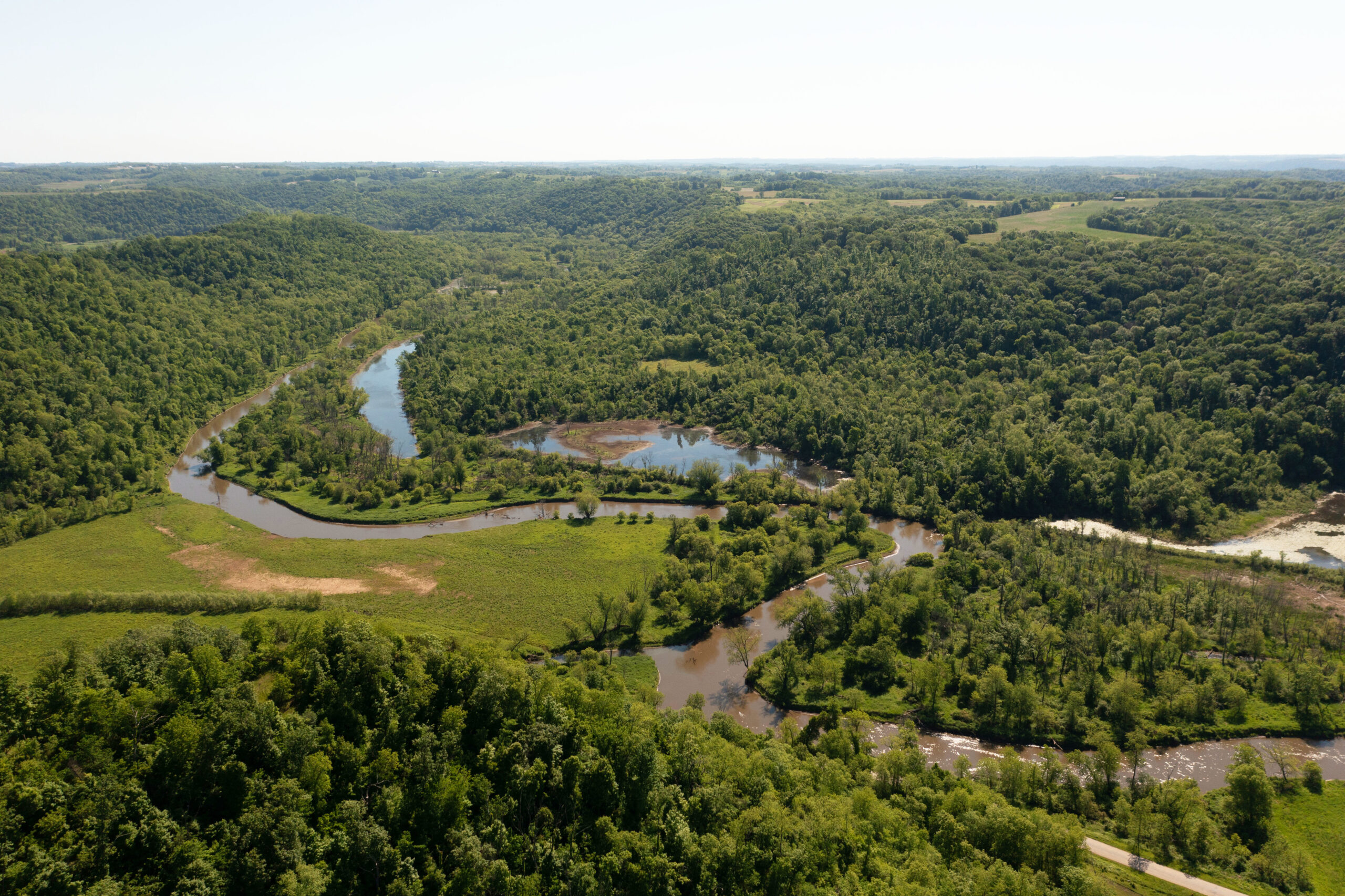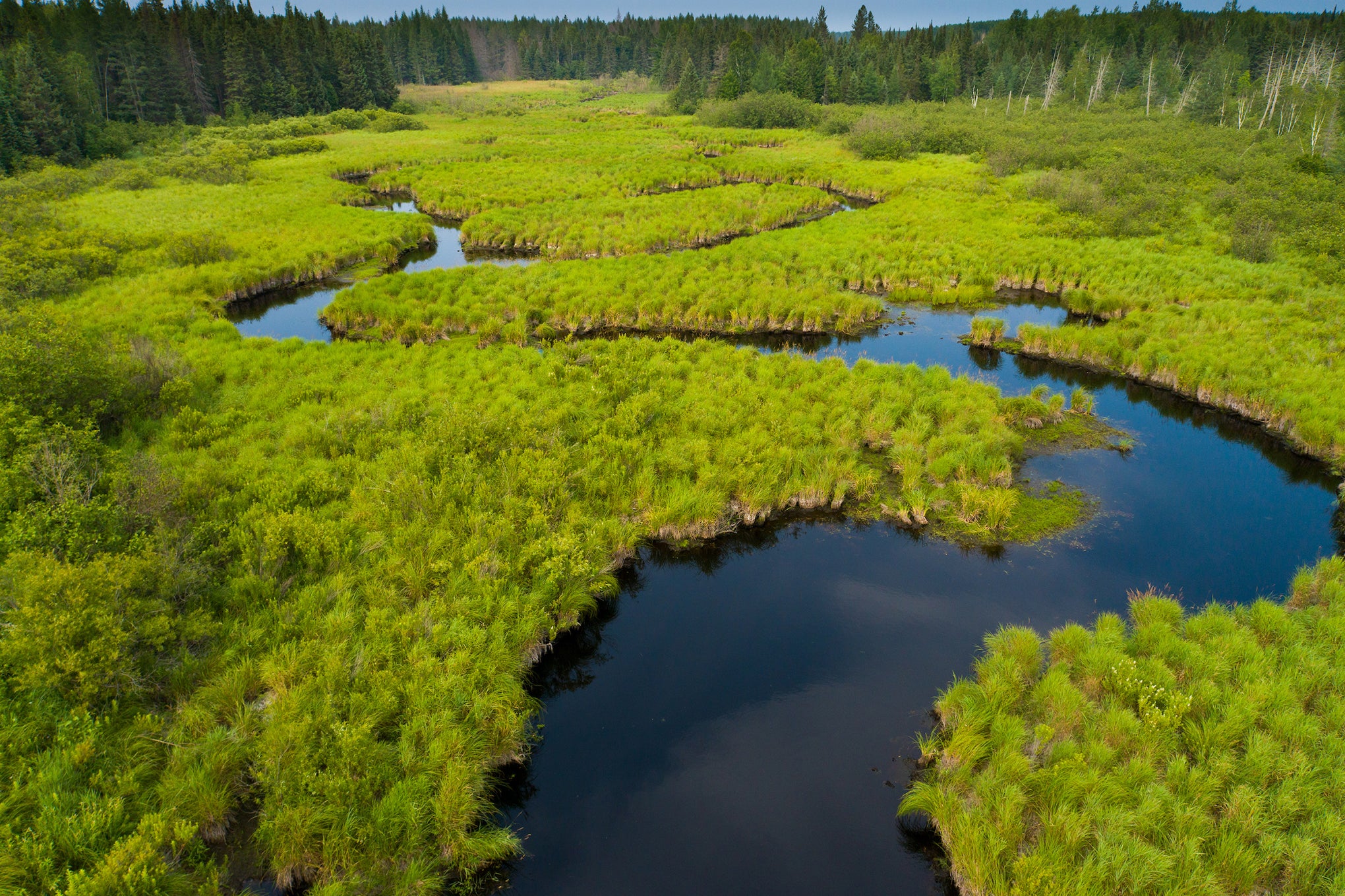Wisconsin has reached 42 percent of its goal to plant 100 million trees by 2030, Gov. Tony Evers announced on Earth Day.
Around 42.7 million trees have been planted as part of Wisconsin’s pledge under the global Trillion Trees Initiative.
In 2021, Evers announced on Earth Day that the state would join the initiative and plant 75 million trees and conserve 125,000 acres of forest. Last year, the governor issued an executive order increasing Wisconsin’s goal to 100 million trees by the end of 2030.
Evers visited Governor Nelson State Park in Waunakee Tuesday to mark Earth Day by planting trees. The governor recalled the founding of Earth Day in 1970 by Wisconsin U.S. Sen. Gaylord Nelson, who came up with the idea of a national “teach-in” on the environment. Around 20 million people attended the first Earth Day at thousands of sites, including the University of Wisconsin-Madison.
“I would say most of the thousands of UW-Madison students at that time participated and here we are,” Evers said. “We’re still planting trees and doing the right thing.”
Evers said this Earth Day took on special signficance as he alluded to the Trump administration’s actions to undermine efforts to combat climate change and environmental protections.
“We’re fighting back against that, and we’re making sure that our parks are strong and extraordinarily important,” Evers said.
Evers has also issued proclamations marking Earth Day and Forest Appreciation Week through Friday, which is Arbor Day.
News with a little more humanity
WPR’s “Wisconsin Today” newsletter keeps you connected to the state you love without feeling overwhelmed. No paywall. No agenda. No corporate filter.

Last year, the state planted nearly 10.7 million trees with public and private partners, as well as non-governmental organizations. Of that, the Department of Natural Resources supplied 6.4 million seedlings that were planted on public, private, federal, local, school and tribal lands.
DNR Secretary Karen Hyun noted the agency is also celebrating the 50th anniversary of Governor Nelson State Park and the 125th anniversary of the state parks system this year.
She also highlighted a quote from Nelson, who said, “The ultimate test of man’s conscience may be his willingness to sacrifice something today for future generations whose words of thanks will not be heard.”
“Today’s tree planting underscores our long-standing commitment to protecting our natural resources and providing amazing outdoor recreation opportunities across the state for generations to come,” Hyun said.
In addition to planting millions of trees, the state has conserved more than 57,000 acres of forest or more than half of the state’s conservation goal. Most of that land was set aside through a conservation easement for the Pelican River Forest.
Evers announced last year that funding had been secured to preserve the nearly 70,000-acre forest, the largest conservation effort in state history. Republican lawmakers on the Legislature’s budget-writing committee had previously killed around $4 million in state funding through the Knowles-Nelson Stewardship Program.
The forest was one of more than two dozen projects at the center of a legal battle between Evers and GOP lawmakers that ended with the Wisconsin Supreme Court ruling that legislators improperly blocked stewardship funding.
While Evers prevailed, some Republican lawmakers have said the land purchase program is on “life support,” potentially placing future conservation projects at risk. The governor has proposed funding the program at $100 million each year for 10 years under the next state budget.
Wisconsin Public Radio, © Copyright 2025, Board of Regents of the University of Wisconsin System and Wisconsin Educational Communications Board.






